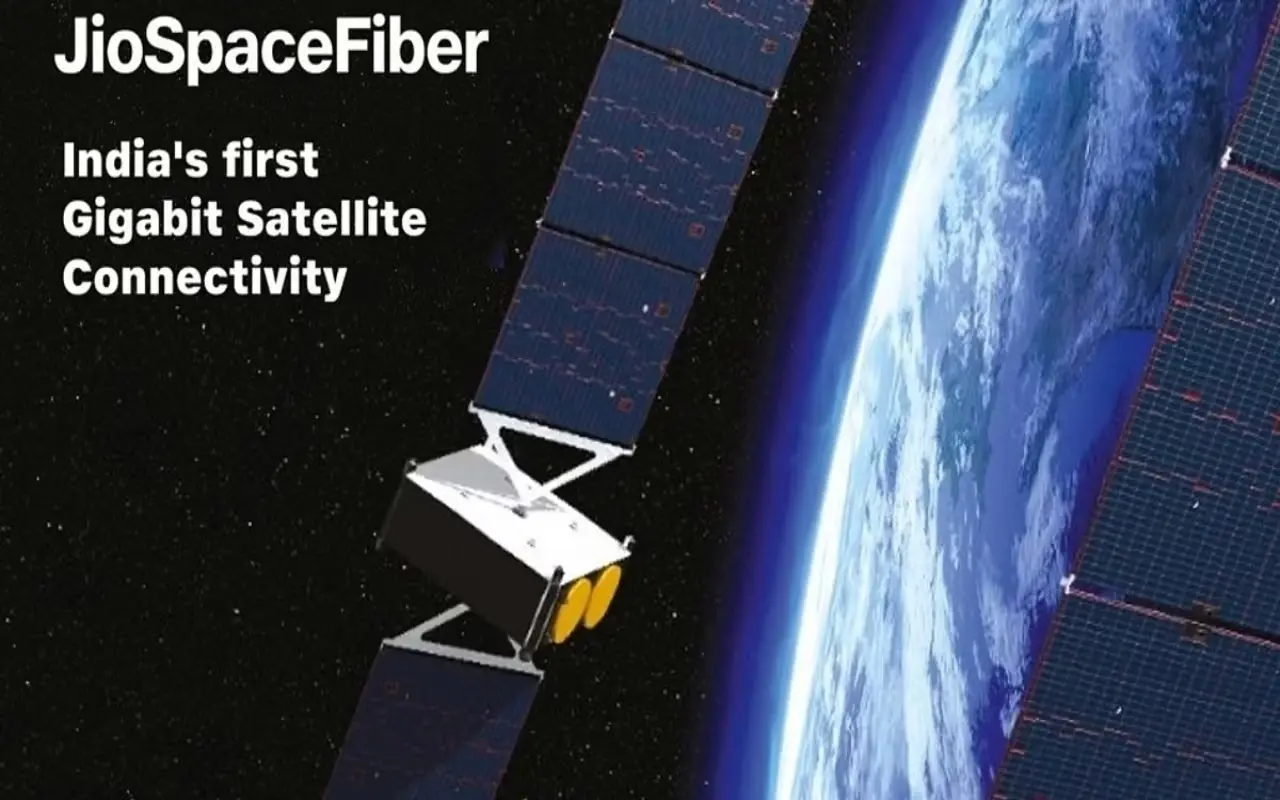New Delhi, NFAPost: The architects of India’s retail central bank digital currency (CBDC-R) are focusing on scaling the user base of the digital rupee to one million users, and have prioritized solving the challenge of creating an offline version, two people familiar with the matter told a media source.
In March, RBI stated that they were aiming for 500,000 users by July. But they are privately looking to double that amount.
“Given India’s population as the world’s largest, we expect to reach the milestone of one million users easily,” one person said, adding that the tentative timeline for reaching one million users is three months.
Both retail and wholesale CBDC pilots are running by the Reserve Bank of India (RBI). The pilot of retail CBDC is active in at least 15 cities with more than 13 banks participating. The pilot started on December 1, 2022 and has seen more than 100,000 customers participate in the four months since.
India’s digital rupee was the subject of great interest at a recent meeting of the Group of 20 (G-20) hosted by India in Bengaluru, said RBI Governor Shaktikanta Das in a media conference. “In fact, an eminent person from the international financial sector went to the extent of complementing the design of our CBDC, adding that the only thing he missed in the CBDC was the smell of new currency.”
The RBI had initiated a Hackathon in 2023 to find solutions to some of the challenges around a retail CBDC including improving scalability, increasing transactions per second and solutions for enabling offline transactions.
“This is nearly an impossible trinity. As on date, you can achieve two objectives but not the third,” said another person. “Hopefully, some technological innovation will address this soon.”
By testing the use of wearables, cards including debit and credit, Bluetooth technology and a smartphone, the RBI is hoping to conduct offline transactions. The RBI is also trying to address the concern of the risk of double-spending.
More than 50 proposals were submitted to the RBI on the closing date of March 24 to solve the problem of offline transactions, one person said.
The RBI has also been interacting with private companies to consider solutions to improving scalability, even though no partnership has been initiated with any prominent blockchain-related entities.





